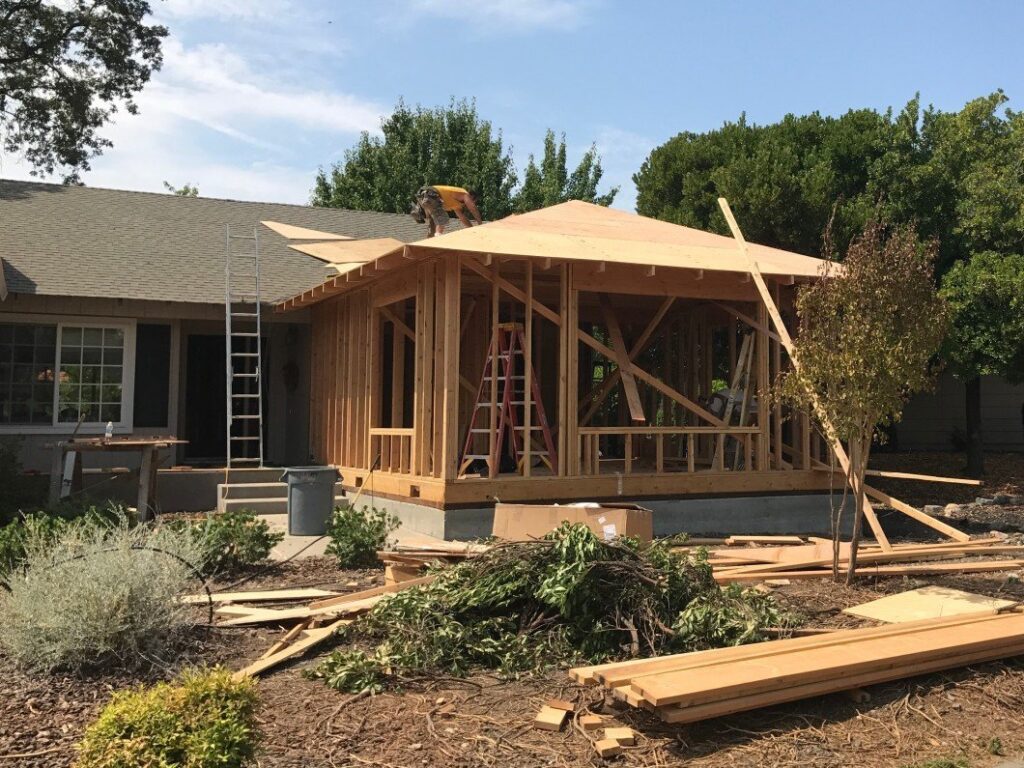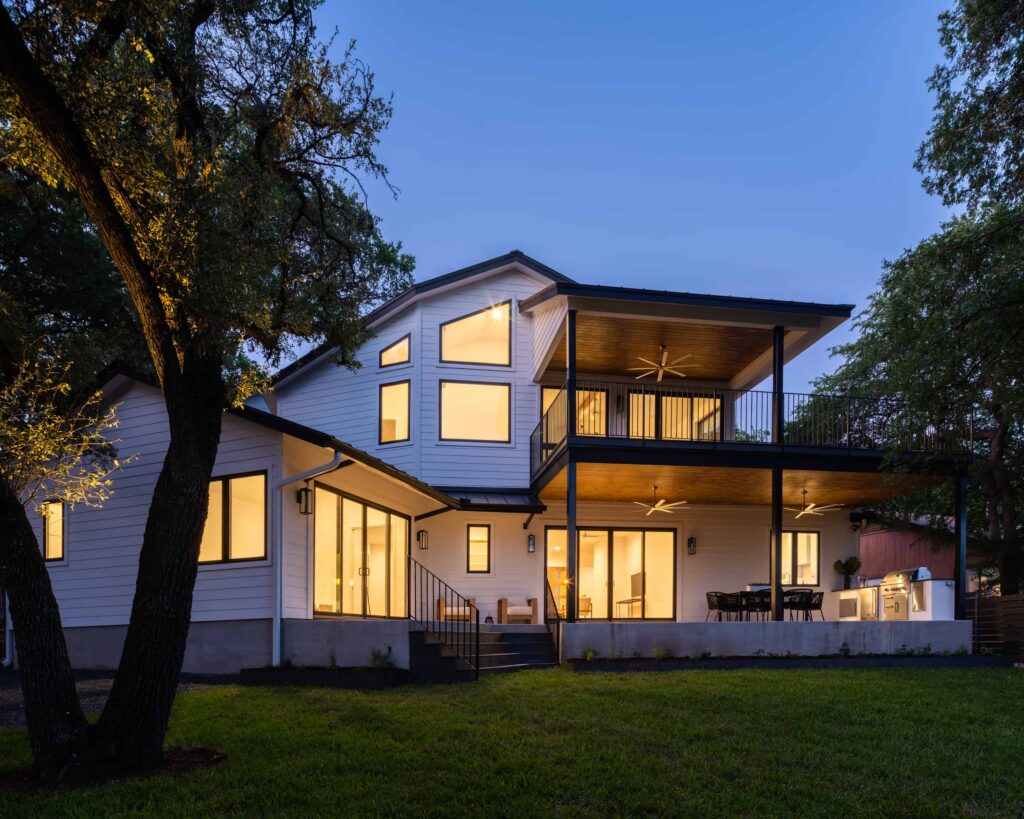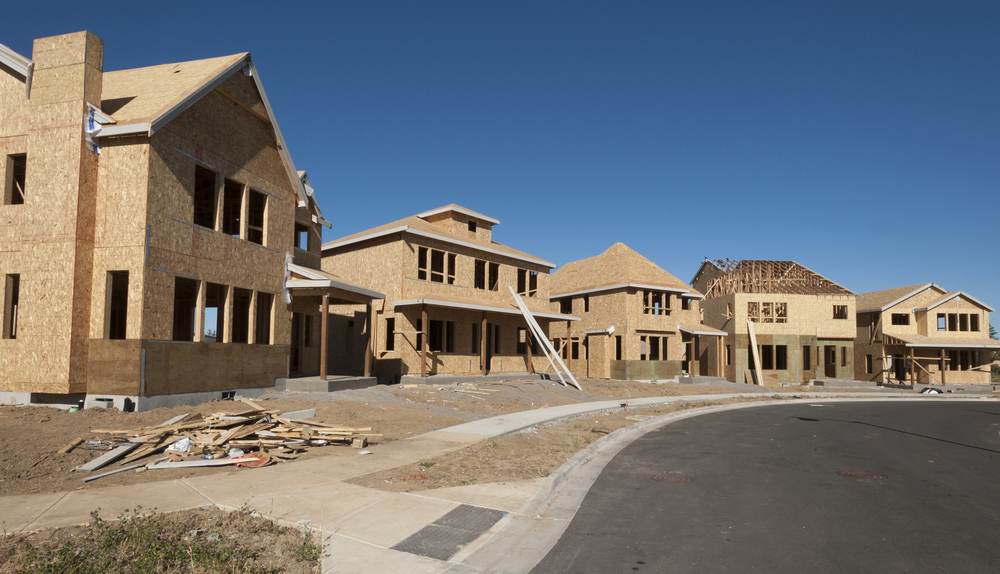1. Must Haves When a Building a New Home: Importance of Quality Materials
Firstly, using quality materials in home construction underpins the integrity and longevity of the structure. Homeowners understand that material selection directly impacts the durability, safety, and aesthetic appeal of their home. In today’s market, numerous options exist, but recognizing the must haves when building a new home helps focus efforts on materials that provide both function and form. If you’re considering your options, you may wonder is building a custom home more expensive than traditional alternatives. This is an important aspect to consider in your planning.
For instance, when selecting roofing materials, choices like metal, asphalt shingles, or clay tiles each come with distinct advantages. Metal roofs, although pricier, offer unparalleled durability and weather resistance. Asphalt shingles are widely popular due to their cost-effectiveness and versatility. In contrast, clay tiles provide a timeless aesthetic while being highly resilient to harsh weather conditions. Additionally, understanding the concept of a builder grade home is crucial as it can influence the decision-making process. The decision ultimately revolves around balancing these benefits against the initial costs to ensure value over time. For more insights, consider reading about what is a builder grade home.
In addition, when it comes to walls and insulation, opting for materials that offer superior thermal efficiency not only reduces long-term energy costs but also enhances indoor comfort. Options like fiberglass insulation or spray foam prove effective in mitigating energy expenditure by maintaining stable indoor temperatures, making them crucial considerations among the must haves when building a new home.
Beyond the structural elements, the choice of interior materials such as flooring, countertops, and cabinetry should mirror the same commitment to quality and sustainability. Materials like hardwood flooring or granite countertops provide not just luxury but durability and ease of maintenance. Furthermore, these materials often appeal to potential buyers, translating to a higher resale value.
Ultimately, the selection of high-quality materials may demand a larger upfront investment, but it is a testament to the prioritization of long-term benefits, reflecting the commitment to excellence in homebuilding.

2. Essential Features for Comfort and Functionality
Designing a home that prioritizes comfort and functionality is imperative. This principle, among the must haves when building a new home, ensures that the living space caters to everyday needs while evolving with changing lifestyles.
Open floor plans are a quintessential choice for creating spaces that feels larger and more connected. They allow for natural light circulation and promote family interaction by merging kitchen, dining, and living areas. This layout not only facilitates an easy flow of movement but also adapts to entertainment needs, proving valuable whether hosting large family gatherings or intimate dinners.
Moreover, the incorporation of dedicated spaces for specific functions such as home offices or gyms accommodates diverse resident needs. In an era where remote working and home workouts are becoming norms, having designated work and exercise areas enhances daily productivity and wellness. Utilizing multi-functional furniture and spaces that convert to different uses also reflects foresight in design.
Furthermore, comfort goes beyond physical space; it extends to the technologies integrated within the home. High-efficiency HVAC systems, for example, ensure that indoor climates remain consistent, contributing to energy savings and reduced environmental impact. Adequate lighting, both natural and artificial, also plays an integral role in creating ambiance and promoting relaxation and focus.
Carefully placed windows not only augment aesthetic appeal but provide ventilation, reduce dependency on artificial lighting, and offer scenic views of the outdoors. Furthermore, soundproofing materials create a serene ambience, free from external disturbances, enhancing relaxation and privacy.
The essence of comfort and functionality, therefore, lies in a home’s ability to accommodate present needs while being versatile enough to adapt to future demands. Such features are not just desirable but essential, making them undisputed must haves when building a new home.
3. Sustainable Building Practices for Eco-Friendly Homes
As environmental awareness intensifies, integrating sustainable building practices has become a staple among the must haves when building a new home. These initiatives transcend the allure of trendiness, demonstrating a commitment to eco-friendliness and sustainable living. For homeowners, especially those mindful of their carbon footprints, embracing these practices is a form of ensuring the well-being of future generations.
Energy efficiency forms the backbone of sustainable home practices. This comprises the installation of high-performance windows and doors that minimize heat loss, as well as energy-efficient appliances that reduce electricity consumption. Home designs that incorporate passive solar heating harness natural sunlight for warmth, decreasing the need for conventional heating systems.
Additionally, the incorporation of rainwater harvesting systems and water-efficient appliances in bathrooms and kitchens helps manage water consumption. By collecting and repurposing rainwater, homeowners can significantly reduce their reliance on municipal water supplies, bolstering sustainability efforts.
Furthermore, the burgeoning trend of green roofs and rooftop solar panels illustrates the fusion of aesthetics with functionality. Green roofs enhance insulation and stormwater management while creating green space, acting as natural habitats for local flora and fauna. Meanwhile, solar panels offer a renewable energy source, promoting grid independence and cutting electricity costs.
Building an eco-friendly home not only champions environmental stewardship but also delivers significant financial benefits. Lower utility bills, potential tax incentives, and heightened marketability to eco-conscious buyers translate to a lucrative long-term investment. Coupled with responsible material choices, these practices fortify a home’s resilience, underscoring the necessity of sustainable measures among the must haves when building a new home.
4. Innovative Home Technology and Smart Features
In the contemporary house of today, innovative home technology isn’t just a luxury, it’s among the must haves when building a new home. These technologies automate and augment day-to-day living, offering efficiency, safety, and convenience that cater to the modern lifestyle.
The adoption of smart home devices such as automatic lighting systems, smart thermostats, and voice-controlled assistants can transform the living experience. With the capacity to regulate room temperatures, control light settings, and manage appliances through voice commands or mobile applications, homeowners gain newfound control over their environment. Moreover, these systems learn user preferences over time, optimizing settings for enhanced comfort and energy savings.
Security, a paramount concern for many residents, sees vast improvements via smart technology. With systems that include surveillance cameras, smart locks, and motion detectors, it’s easier than ever to monitor the premises remotely. Homeowners receive real-time alerts on smartphones, offering peace of mind when away from home.
In addition, advancements in network connectivity have made it possible to interconnect multiple devices within a home. This interconnectivity provides an unprecedented level of integration, allowing devices to work in unison to cater to specific scenarios. For example, configuring a “good night” routine may involve dimming lights, securing doors, and adjusting thermostats to energy-saving modes simultaneously.
Furthermore, smart kitchen appliances simplify meal preparation by offering features like remote preheating and recipe assistance. Coupled with smart washing machines and refrigerators that monitor inventory and suggest grocery replenishments, these innovations redefine convenience in daily chores.
The presence of innovative technologies not only elevates day-to-day living but also enhances the value of a home, attracting tech-savvy buyers interested in smart living. Consequently, the integration of cutting-edge technology is one of the indisputable must haves when building a new home, influential both in immediate benefits and future property evaluations.

5. Maximizing Space: Open Floor Plans and Storage Solutions
Creating a home that feels spacious yet is practical is vital, hence maximizing space is among the essential must haves when building a new home. The trend towards open floor plans facilitates a seamless flow throughout living spaces, presenting a serene, uncluttered environment ideal for both relaxation and social interaction.
Open floor plans remove barriers, merging the kitchen, dining, and living areas into a singular, uninterrupted space. This design not only enhances the flow of traffic but fosters interaction and communication among family members. For entertainers, open layouts present opportunities to host gatherings without spatial constraints, keeping guests comfortable and engaged.
In addition to layout, efficient use of storage solutions optimizes available space, maintaining a tidy, organized home. Built-in cabinetry and shelving offer custom storage opportunities, accommodating specific items while blending aesthetically with the home’s overall design. Concealed niches in staircases or underneath furniture provide innovative alternatives when designing around spatial limitations.
While physical space planning is key, integrating furniture that fits the scale of individual rooms amplifies functionality and openness. Modular or multi-functional furniture adapts to changing needs, making it ideal for optimizing space in urban environments or smaller properties. Pieces that double up, like a storage ottoman or a foldout desk, maximize utility without sacrificing style.
Ultimately, a thoughtful approach to space maximization addresses both functional needs and aesthetic desires, ensuring the home remains a bastion of peace, organization, and flexibility. Emphasizing the importance of creative space utilization underlines its position as a leading principle when listing must haves when building a new home.
6. The Role of a Home Additions Builder
Engaging a professional home additions builder stands among the top must haves when building a new home or expanding an existing one. Their role goes beyond mere construction, encompassing every aspect of planning, design, and execution to tailor solutions that meet clients’ needs.
A reputable builder speaks a language of trust and reliability, attributes particularly coveted by homeowners who’ve previously encountered subpar contractor experiences. Builders committed to quality assure homeowners of a stress-free journey, handling complex logistics so residents remain uninvolved in day-to-day challenges.
Furthermore, experienced builders shine through in their ability to translate homeowner visions into tangible structures. Their knowledge extends to local building codes, zoning laws, and necessary permits, ensuring compliance and averting legal complications. Builders proficient in these areas anticipate and circumvent potential issues, steering projects to successful completion within agreeable timelines.
In addition, a professional home additions builder offers insightful recommendations surrounding materials and layout configurations, aligning designs with the homeowner’s long-term aspirations. One of their primary strengths is value engineering, providing cost-effective alternatives that don’t compromise on quality, aesthetics, or functionality.
Moreover, builders facilitate communication and coordination among various trades—plumbers, electricians, carpenters—to streamline processes and reduce project timelines. Their experience with past projects provides them with access to a network of trustworthy subcontractors, ensuring consistent workmanship across all stages.
Homeowners may have an intimate understanding of what they desire in their home, but builders bring to the table practical expertise indispensable for bringing these dreams to fruition. Thus, appointing a competent home additions builder undoubtedly remains a priority in ensuring construction success when listing must haves when building a new home.
7. Budgeting Tips for Home Construction and Additions
Crafting a realistic budget is essential among the must haves when building a new home or planning an addition. Aligning costs with expectations prevents overspending and allows for thoughtful allocation of resources to priority areas.
Firstly, determine your overall budget based on available funds, financing, and desired outcomes. A clear budget provides a framework for decision-making and leaves room for unexpected costs. Always strive for transparency with a contractor about financial constraints, facilitating open discussions on cost-efficient solutions.
Prioritizing key areas early in the design process enhances budgeting efficiency. For instance, investing in quality materials for structural elements, such as roofing or insulation, yields long-term savings despite higher initial costs. Priorities should also reflect personal lifestyle choices, ensuring money is channeled to features essential for comfort and functionality, like smart-home systems or eco-friendly upgrades.
Moreover, explore various financing options such as construction loans or home equity lines of credit. These instruments can offer higher construction budgets with manageable repayment terms, broadening the scope of your building ambitions. If you’re curious about the overall expenses involved, check out our guide on How Much Does It Cost To Custom Build A Home.
Regularly reassess your budget during the construction process to prevent oversights that can lead to escalating costs. Keep track of spending against initial projections, and remain open to contractor recommendations for cost-saving measures.
Embrace contingencies within your budget, typically around 10-15%, to accommodate unforeseen expenses or desires that arise mid-project. Investing in contingencies assures a safety net, precluding that lifestyle disruptions affect construction timelines.
Taking a meticulous approach to budgeting ultimately forms the cornerstone of a financially sound project, embodying prudent cost management alongside grand design ambition. Highlighting budgeting tools underscores their importance among the must haves when building a new home, ensuring project aspirations safely transition from blueprints to reality.
Conclusion: Investing in Your Home for the Future
In conclusion, the path to creating your ideal abode is paved with the must haves when building a new home, elements that intertwine quality, innovation, sustainability, and pragmatism. Essential ingredients such as superior materials, modern design, and cutting-edge technologies create spaces that are not just aesthetically appealing but also equipped to cater to evolving lifestyles and responsibilities.
A vital consideration remains the selection of building professionals, notably home additions builders, whose expertise and reliability steer projects toward success. Collaborating with a proficient builder allows homeowners the freedom to realize designs unrestrained by technical challenges or logistical dilemmas, ensuring a smooth transition from architectural conception to finished structure.
Furthermore, a practical approach to budgeting lays a foundation for responsible investment, empowering homeowners to prioritize areas reflective of personal values while constraining expenditure within reasonable limits. Such financial prudence prepares the ground for future aspirations, even as it encompasses present desires.
As the journey unfolds, adopting sustainable practices positions homeowners as responsible custodians of natural resources, aligning personal legacy with environmental consciousness. It encourages other prospective homeowners to similarly embrace eco-friendlier choices, advancing global sustainability measures.
Thus, investing in the must haves when building a new home secures a better quality of living while enhancing property value, crafting a space that is not only a sanctuary but an investment resilient against future uncertainty. This guide charts a comprehensive pathway for discerning homeowners, equipping them with knowledge and confidence to embark upon their homebuilding endeavors with trust and creativity.








2 Responses